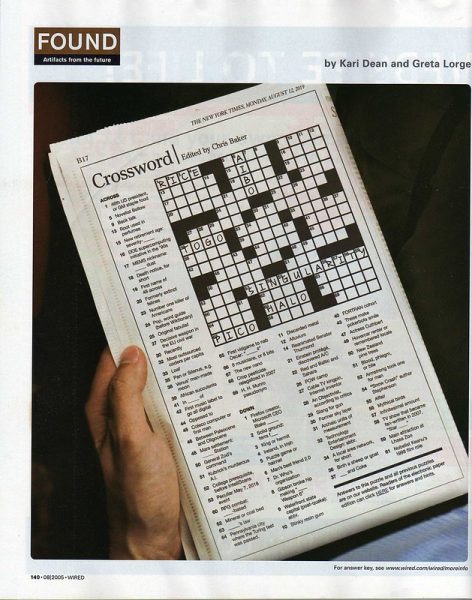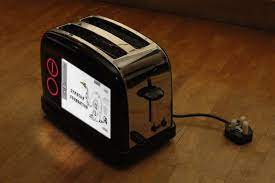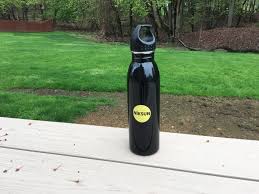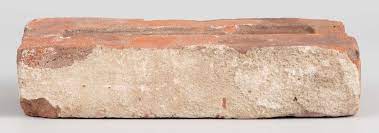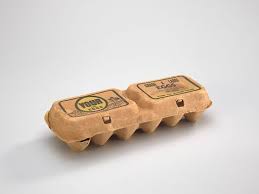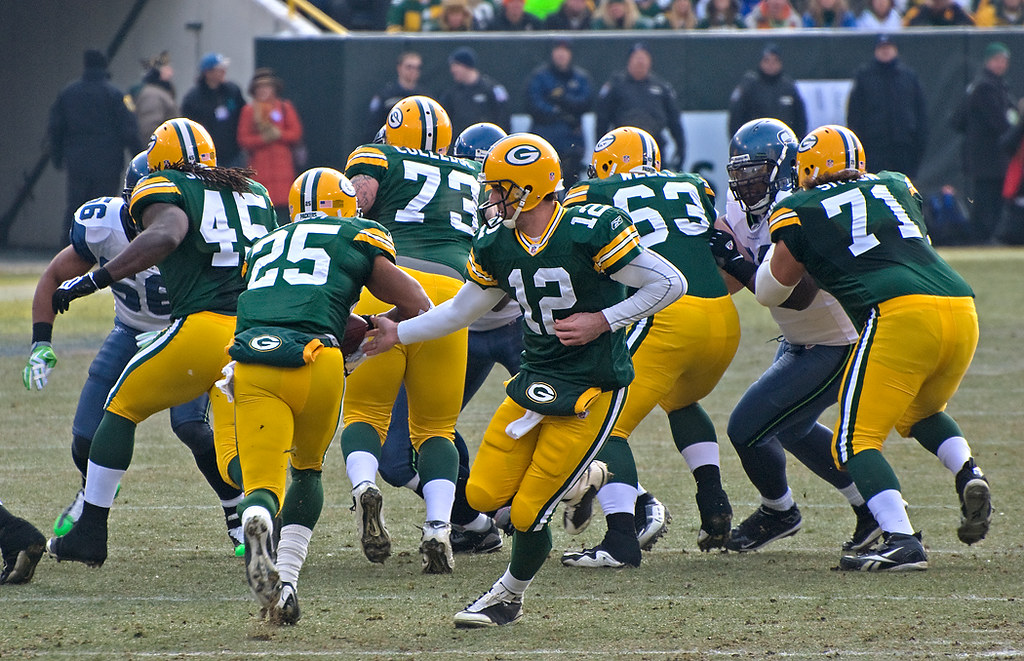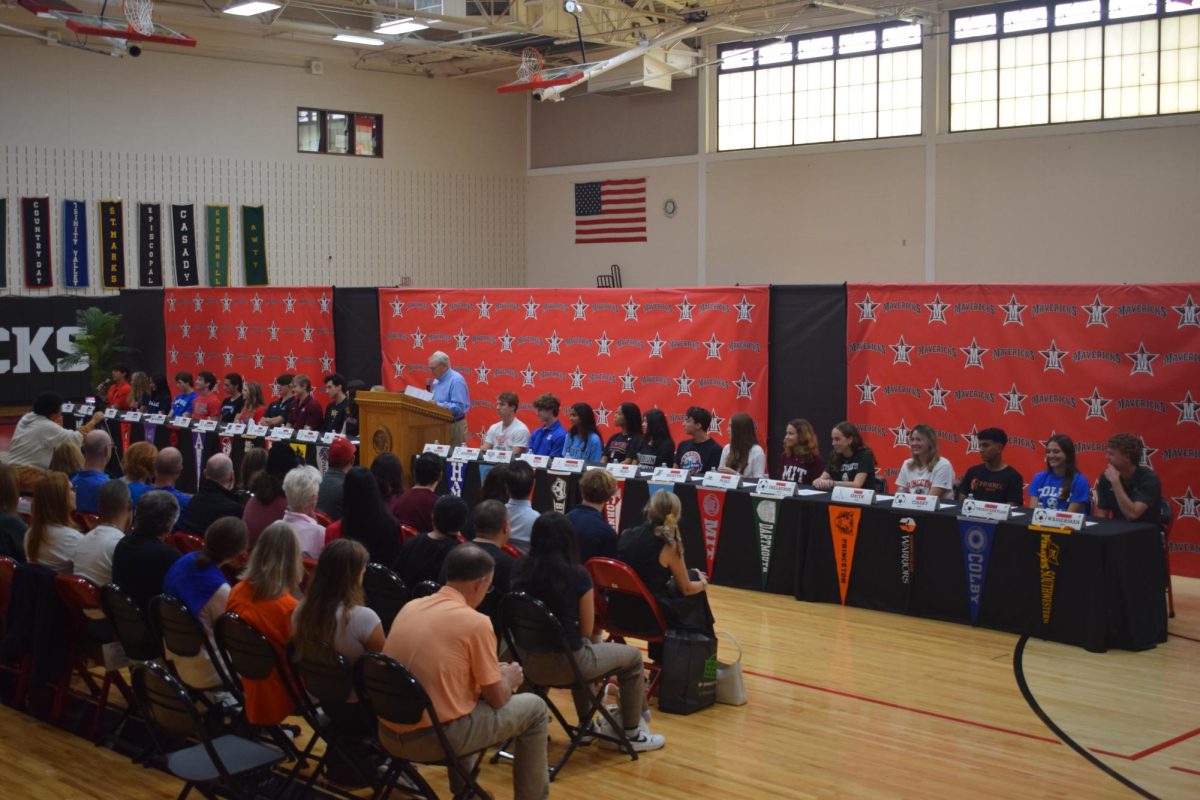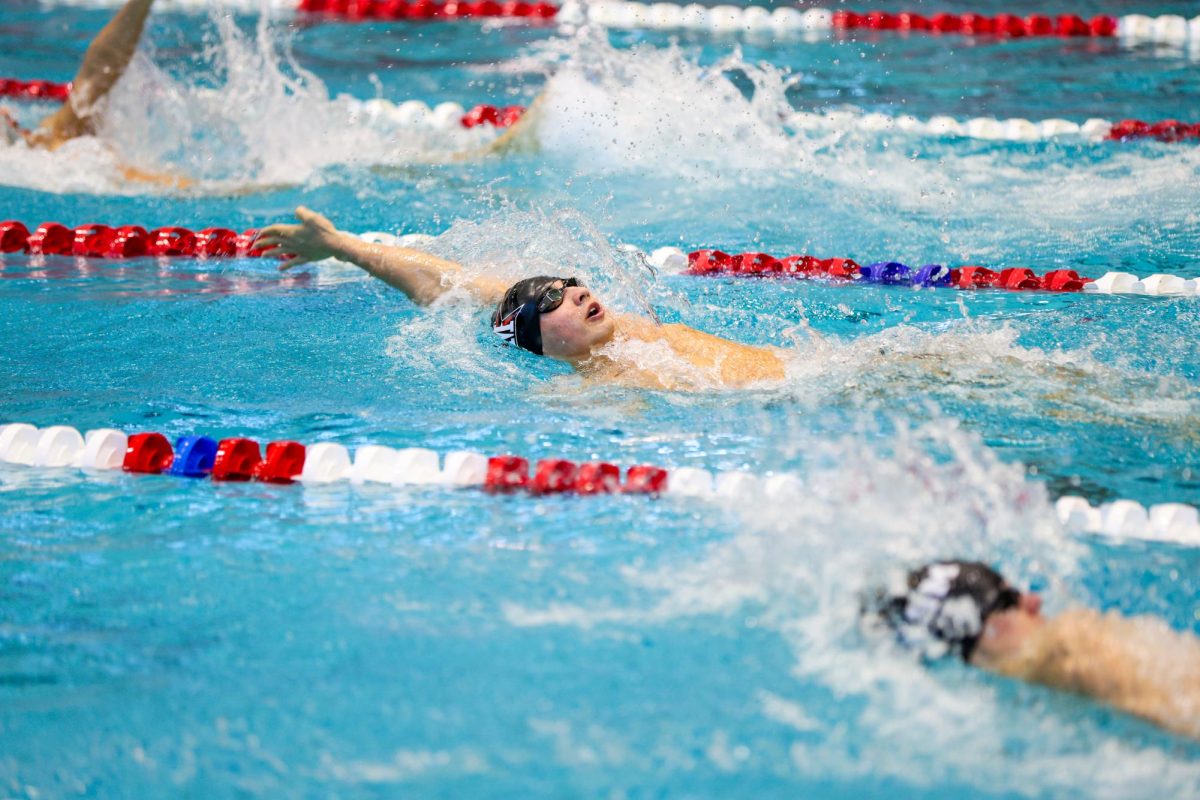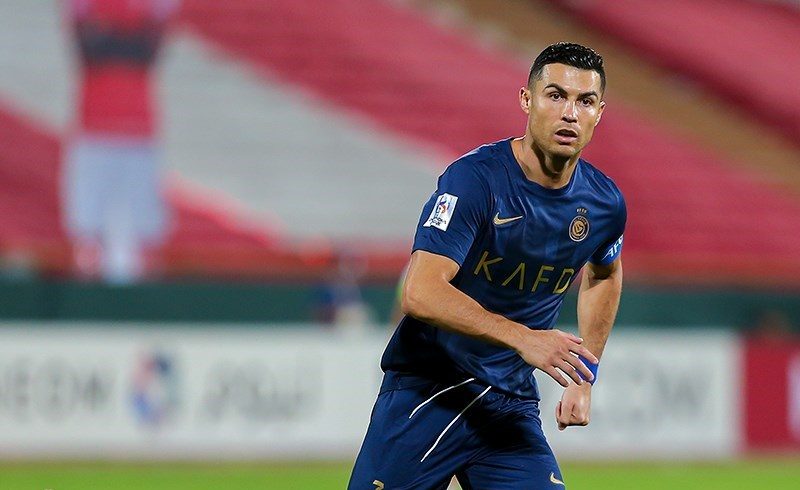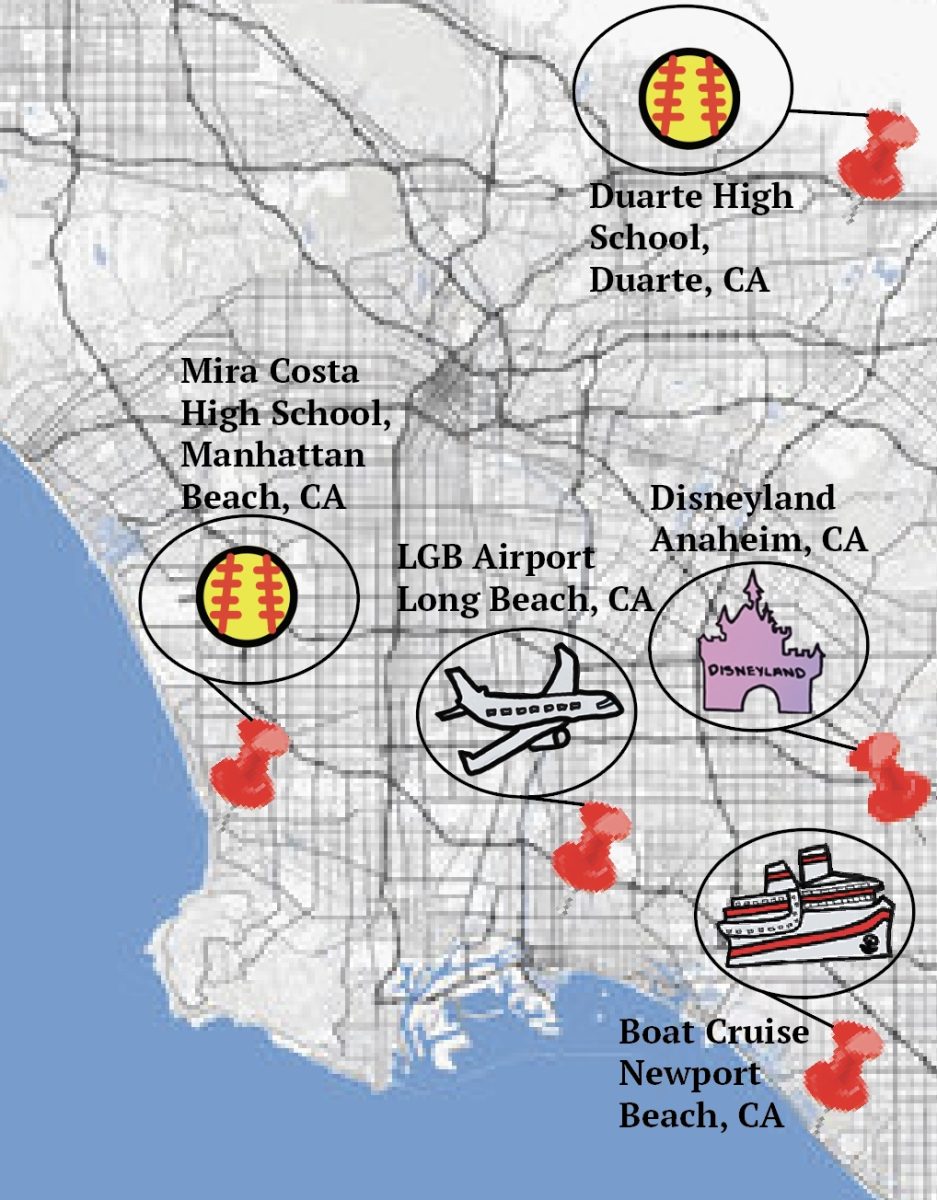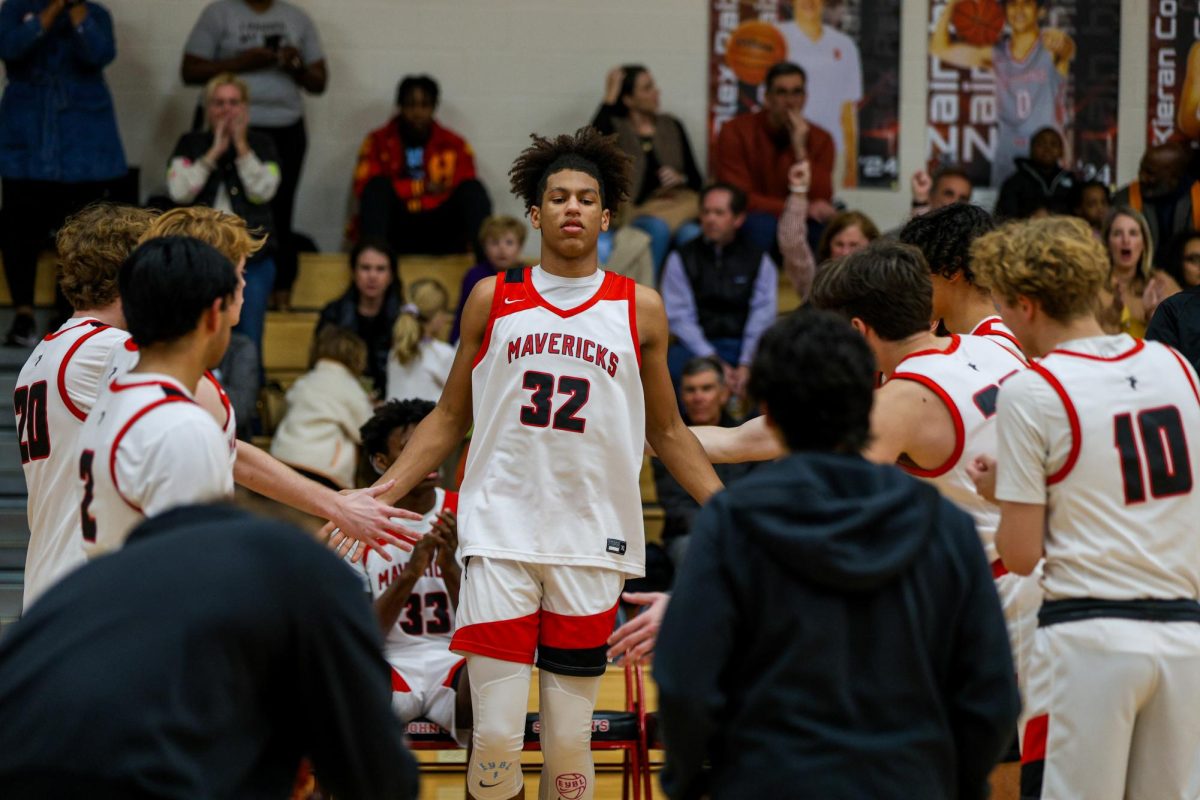For centuries, the power struggle between the proletariat and the bourgeoisie has dominated the factories and the offices. But in recent years, it has become a significant issue in the stadiums.
In the National Football League, most franchise owners don’t just provide the financial backbone of the team; they also make key decisions regarding the quality of life for players on and off the field.
One of the biggest sources of contention between players and owners is the use of turf fields. Synthetic turf fields are low-maintenance between games/events and during the off-season; it is weather-resistant and largely unaffected by the wear-and-tear of cleats. Naturally, some cost-conscious owners are enticed to switch.
But turf fields present a big problem: injuries. A study by The American Journal of Sports Medicine found that there are 16% more injuries per play on artificial turf compared to grass. Season-ending non-contact injuries, such as torn ACLs and torn achilles, occur 20%-70% more on turf.
Maverick defensive lineman Jack Verducci (‘24) tore his ACL while playing on turf earlier this season.
“Bad turf makes your cleats stick in like velcro, leading your leg to get caught when you are cutting,” Verducci said. “Good turf is generally fine, but most places cheap out.”
Already this NFL season, New York Jets star quarterback Aaron Rodgers and Buffalo Bills All-Pro cornerback Tre’Davious White have sustained season-ending non-contact injuries on the artificial turf. The acquisition of Rodgers, a prospective Hall of Famer procured by the Jets in May in exchange for significant draft assets, led to a staggering 400% surge in season ticket sales, offering a ray of hope to the perennially underperforming NYC franchise. However, the Turf Monster dashed the Jets’ aspirations just four plays into the season.
In light of these injuries, many players have spoken out against the use of turf fields. The stats back them up. Owners have also committed to switching to grass fields to prepare their stadiums for hosting the 2026 FIFA World Cup. Clearly then, the transition from turf to grass isn’t a problem. So why isn’t the NFL removing turf fields immediately?
It’s simple: the owners care more about profit than the safety and security of their athletes.
Investing in higher quality fields is a necessity for the league going forward. Because when players get hurt on subpar turf, it’s not just their bodies and career that shatter, but the hearts of their fans.



